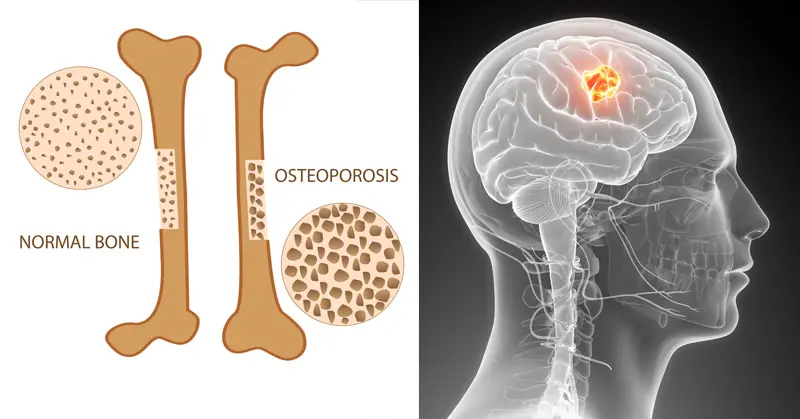
Your pancreas could be ‘silently inflamed’ right now and you’d never know until it’s too late
What if I told you that common digestive complaints like abdominal pain, bloating, nausea, fatigue, and even vomiting might not be caused by gastritis or something you ate last night? In fact, they could be early warning signs of a much more serious condition—inflammation of the pancreas, also known as pancreatitis—and chances are, you may not even realize it.
What makes this even more alarming is that many doctors misdiagnose pancreatic inflammation, confusing it with less serious gastrointestinal issues. As a result, patients are often treated with painkillers or antacids, which only mask the symptoms while the actual condition worsens in silence. The unfortunate truth? If your pancreas is inflamed and untreated, it can become life-threatening.
But there’s also good news: you have the power to prevent, manage, and even reverse pancreatic damage—naturally. And it all starts with knowledge and action.
In this article, I’ll walk you through:
-
How to recognize early signs of pancreatic inflammation before it becomes dangerous.
-
The five most harmful foods for your pancreas (you’re likely eating them every day).
-
And most importantly, how to heal and protect your pancreas using the power of food and lifestyle.
Key Takeaways
-
Hidden Danger: Pancreatitis often mimics common digestive issues, making it easy to overlook.
-
Silent Damage: Chronic inflammation of the pancreas can lead to irreversible scarring, digestive failure, diabetes, and cancer.
-
Root Causes: Excess alcohol, gallstones, and inflammatory diets are leading triggers.
-
Food Triggers: Greasy foods, refined sugar, processed meats, red meat, and ultra-processed foods are top culprits.
-
Healing Is Possible: A diet rich in fiber, antioxidants, healthy fats, and lean proteins can help restore pancreatic function.
1. What Does the Pancreas Do—and Why Should You Care?
The pancreas is one of your body’s most essential yet underappreciated organs. Tucked behind your stomach, it performs two critical roles:
-
Digestive Function: It produces enzymes that help digest fats, proteins, and carbohydrates in the food you eat.
-
Hormonal Function: It regulates blood sugar by releasing insulin and other important hormones directly into your bloodstream.
The problem? Because it’s hidden deep within your abdomen, issues with your pancreas are often mistaken for problems with your stomach, gallbladder, or liver. Even standard ultrasound exams sometimes miss it—especially when there’s excess intestinal gas.
And yet, despite being overlooked, this small gland can have a massive impact on your overall health—especially when it becomes inflamed.
2. Warning Signs of Pancreatic Inflammation You Might Be Ignoring
Pancreatitis is notorious for presenting vague or misleading symptoms. It can be mild at first—making it easy to ignore—but don’t make that mistake.
Here are the hallmark signs to watch out for:
-
Deep, sharp, or pressure-like pain around your navel or upper abdomen
-
Pain that radiates to your sides, lower back, or shoulder blades
-
Relief when leaning forward or curling into a fetal position
-
A bloated, tight, or sensitive abdomen
-
Nausea, vomiting, or intense fatigue after eating fatty foods
-
Fever or unexplained weight loss
-
White or pale, foul-smelling stools—a key sign of fat malabsorption
These symptoms may show up after eating fried, greasy, or rich meals. And while it may feel like simple indigestion, if this pattern repeats often, you must consider your pancreas.
In moderate to severe cases, symptoms can mimic gallbladder attacks or even heart problems. That’s why proper diagnosis is essential—and why knowledge can be lifesaving.
3. How Pancreatitis Progresses from Silent to Life-Threatening
Let me tell you a true story: A 63-year-old patient, seemingly healthy, loved occasional indulgences—pork-fried rice and a cold beer. Every time, it triggered abdominal pain bad enough to land him in the ER. But each time, he was sent home after pain relief, with no follow-up. When he finally came for a second opinion, scans revealed his pancreas was permanently damaged, and he had developed diabetes.
This is how recurrent acute pancreatitis becomes chronic. Over time, inflammation leads to scar tissue, which destroys the pancreas’s ability to function.
Here’s what you need to know:
-
Acute pancreatitis can resolve in 2–3 days if managed early.
-
Chronic pancreatitis results from repeated attacks and leads to permanent damage.
-
Severe cases can cause multi-organ failure with a fatality rate of up to 50%.
-
Once damaged, the pancreas cannot regenerate. At this stage, lifelong enzyme and insulin therapy are required.
Worse still, chronic inflammation increases the risk of pancreatic cancer, one of the deadliest forms of cancer worldwide.
4. The 5 Worst Foods for Your Pancreas (And What to Eat Instead)
Modern diets are loaded with foods that silently harm the pancreas every single day. Here are the worst offenders:
1. Greasy and Fried Foods
These include fast food, deep-fried snacks, and anything cooked in reused or overheated oils. They force your pancreas to overwork by releasing excessive enzymes—fueling inflammation.
👉 Better choice: Lightly steamed, grilled, or baked dishes using healthy oils (added after cooking).
2. Refined Sugar
Sugar is one of the most inflammatory substances we consume. It spikes blood sugar, stresses insulin production, and feeds unhealthy gut bacteria.
👉 Better choice: Use natural sweeteners like stevia or small amounts of honey. Eat whole fruits instead of juices.
3. Ultra-Processed Foods
Think frozen meals, chips, soda, packaged snacks—anything with a long ingredient list. These products often contain additives and chemicals that overwhelm your digestion and damage organs.
👉 Better choice: Cook at home with whole ingredients. Shop the perimeter of the grocery store where fresh foods are sold.
4. Excessive Red Meat
More than 300g (10.5 oz) of red meat per week can raise the risk of both pancreatitis and cancer. Red meat is difficult to digest and increases inflammation.
👉 Better choice: Opt for lean poultry, fish, or plant-based protein sources like legumes.
5. Processed Meats
Sausages, deli meats, bacon, and hot dogs are loaded with harmful fats, nitrates, and preservatives. These are direct pancreatic stressors.
👉 Better choice: Replace with grilled chicken, tofu, or home-cooked meats without additives.
5. Other Hidden Causes That Harm Your Pancreas
While diet plays a major role, lifestyle factors can be equally damaging:
-
Alcohol: Even small amounts can trigger inflammation in sensitive individuals. Heavy drinking is a leading cause of pancreatitis.
-
Gallstones: These can block pancreatic ducts, leading to acute inflammation.
-
High Triglycerides: Especially levels above 1,000 mg/dL can induce pancreatitis.
-
Smoking: Increases your risk of pancreatic inflammation and cancer.
-
Stress: Chronic stress weakens digestive health, increases inflammation, and disrupts blood sugar control.
6. Your 4-Week Natural Healing Plan for a Healthier Pancreas
If you're ready to take control, follow this step-by-step healing protocol for 4 weeks—and experience the transformation in your energy, digestion, and overall health.
✅ Week 1: Eliminate the Aggressors
-
Cut out alcohol, smoking, fried foods, and sugar.
-
Stop all processed meats and junk food.
-
Limit or eliminate red meat entirely.
✅ Week 2: Clean Up Your Diet
-
Eat 5–7 servings of vegetables daily, including leafy greens.
-
Choose whole grains (brown rice, oats, quinoa).
-
Add beans, lentils, and chickpeas regularly.
-
Drink herbal teas with turmeric, ginger, or cloves.
✅ Week 3: Add Healing Fats and Proteins
-
Add a spoonful of olive or avocado oil after cooking.
-
Eat fatty fish like salmon 2–3 times per week.
-
Include nuts and seeds (chia, flax, almonds).
-
Use eggs (especially yolks) in moderation for healthy fats.
✅ Week 4: Optimize Digestion
-
Drink 8–10 glasses of water daily.
-
Eat smaller, more frequent meals.
-
Chew food thoroughly—give your pancreas a break.
-
Include fermented foods like sauerkraut or kefir to support gut health.
Conclusion: Your Kitchen Is Your Medicine Cabinet
By making conscious, informed decisions, you can protect your pancreas, reduce inflammation, and even reverse damage—naturally. Most importantly, this isn’t just about one organ. As your pancreas heals, you’ll also notice improvements in:
-
Blood sugar balance
-
Cholesterol and triglyceride levels
-
Energy and mood
-
Digestion and weight
-
Immune health
Your pancreas may be hidden, but its impact on your life is profound. With the right lifestyle and nutritional changes, you can take back control of your health—starting today.
News in the same category

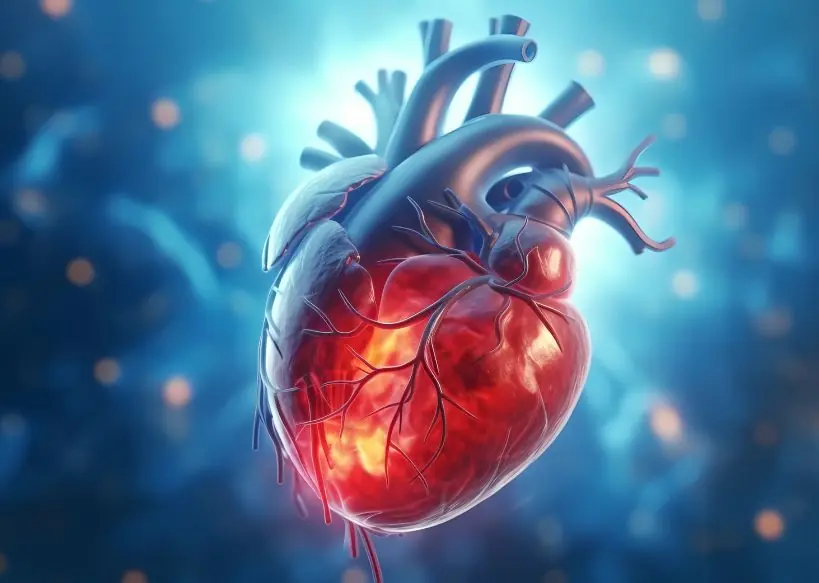
Stop Ignoring These 8 Subtle Signs of Heart Trouble Before It’s Too Late
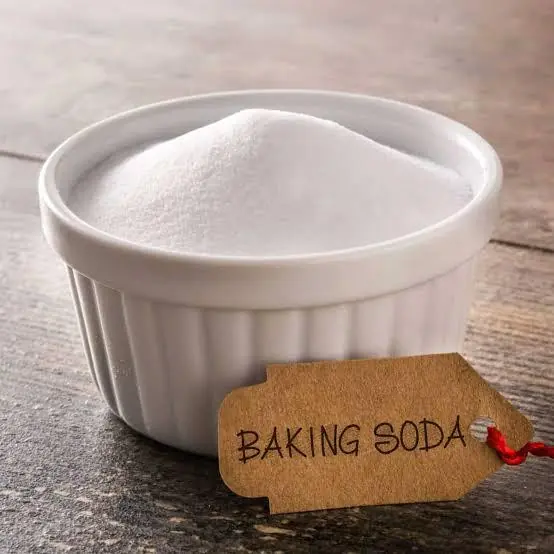
1 Teaspoon of Baking Soda Can Do This to Your Body!

Still Waking Up Tired? This Simple 3g Bedtime Mix Beats Melatonin for Deep Sleep
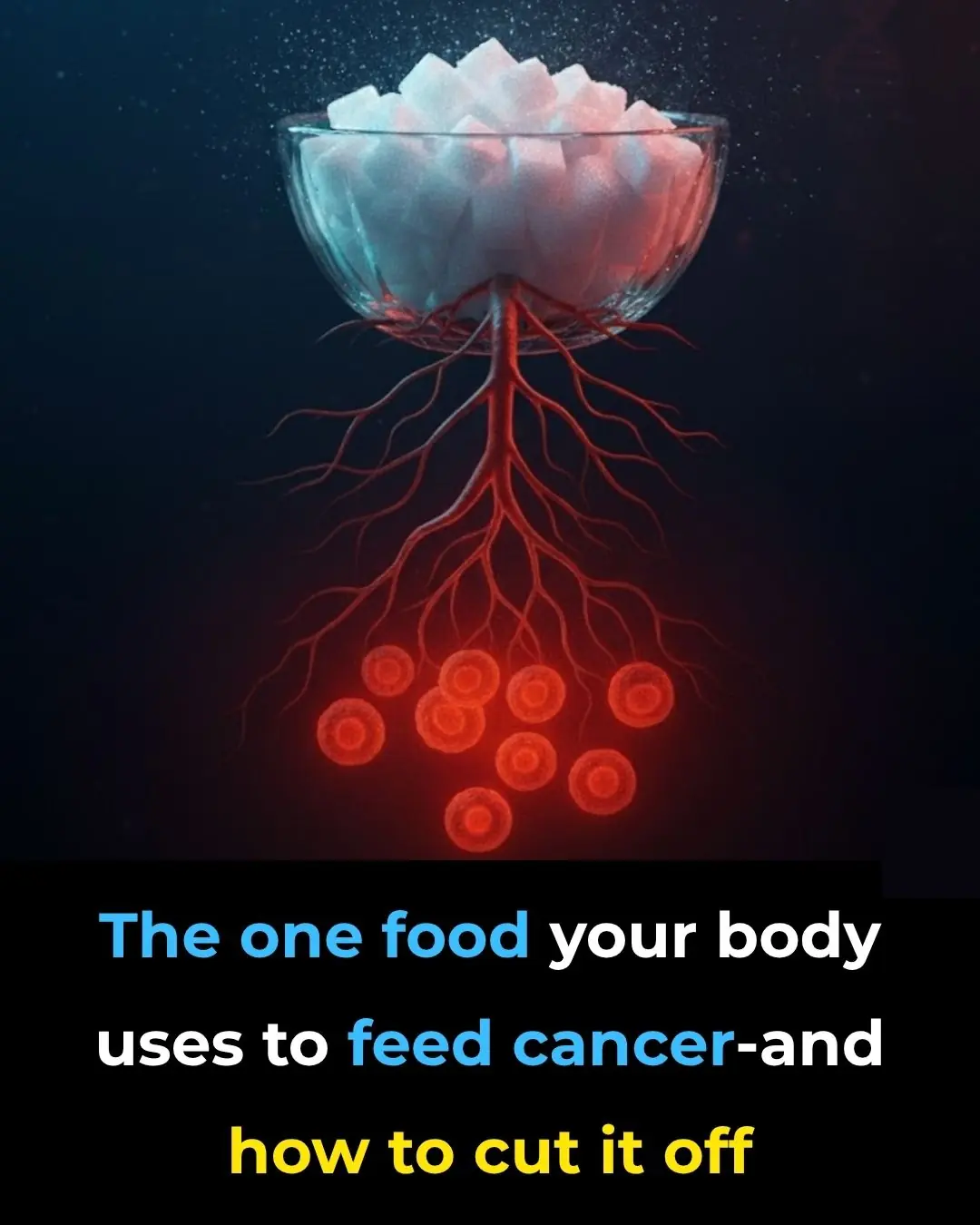
Here’s How to Starve Cancer to Death By Removing One Thing From Your Diet

This Super Tea Kills Parasites And Cleanses The Body of Toxins

4 foods to eat on an empty stomach in the morning to cleanse the gut, boost digestion, and lower cancer risk
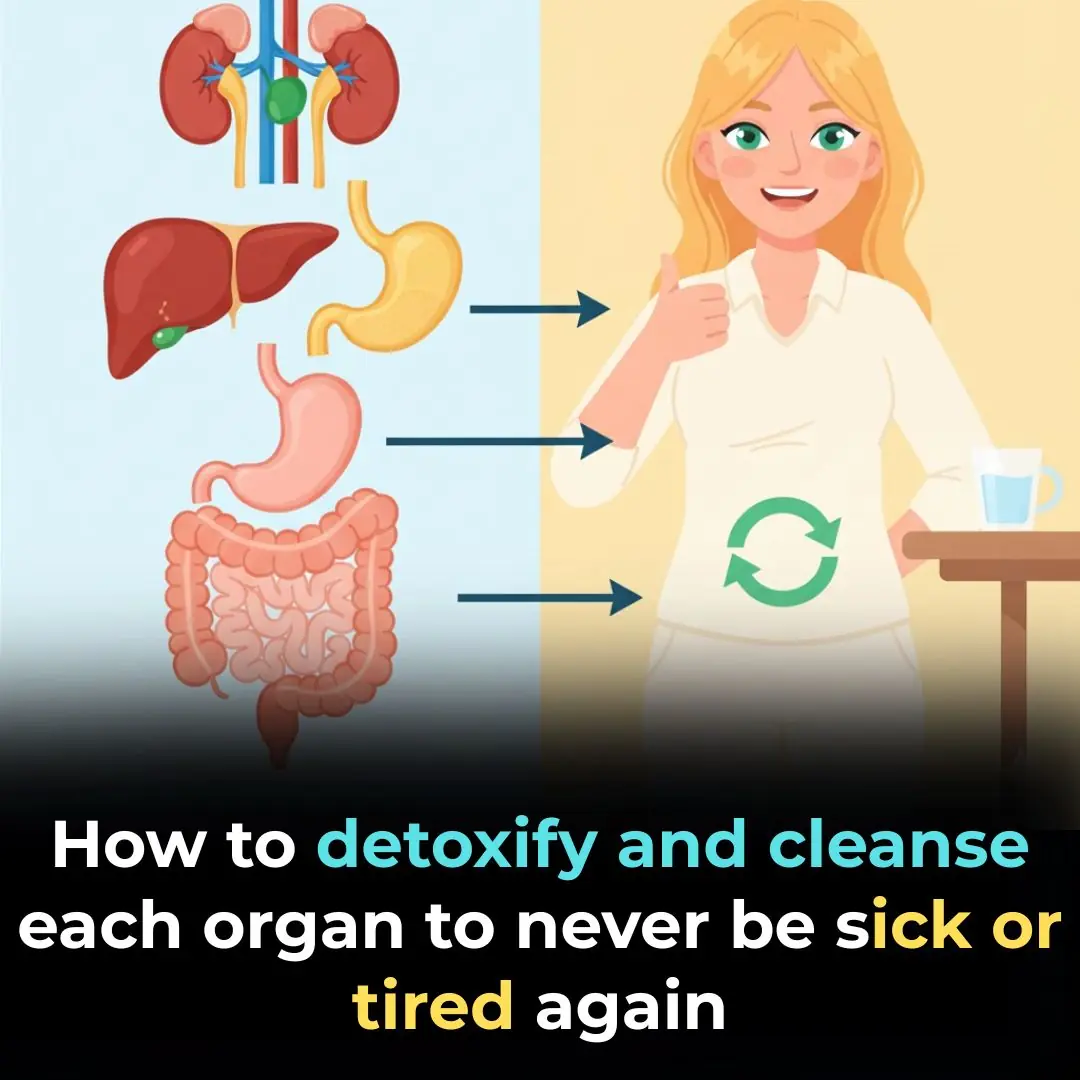
10 Simple Ways to Help Your Body Detoxify and Cleanse Itself

14 Warning Signs of Low Magnesium Levels and What to Do About It (Science Based)

Why Your Legs Get Weaker After 50 — And 4 Simple Ways to Fight Back
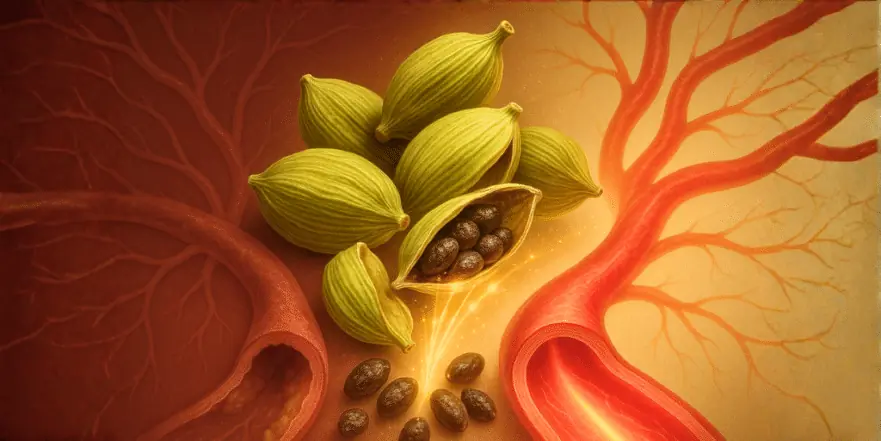
This Ancient Spice Opens Your Arteries Like Magic and Supercharges Your Heart
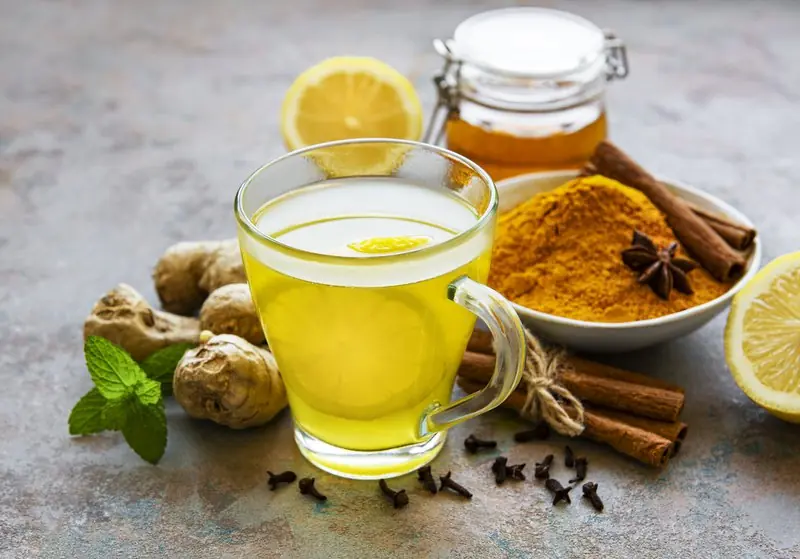
This Super Tea Cleanses the Body and Fights Inflammation (5 Ingredients)
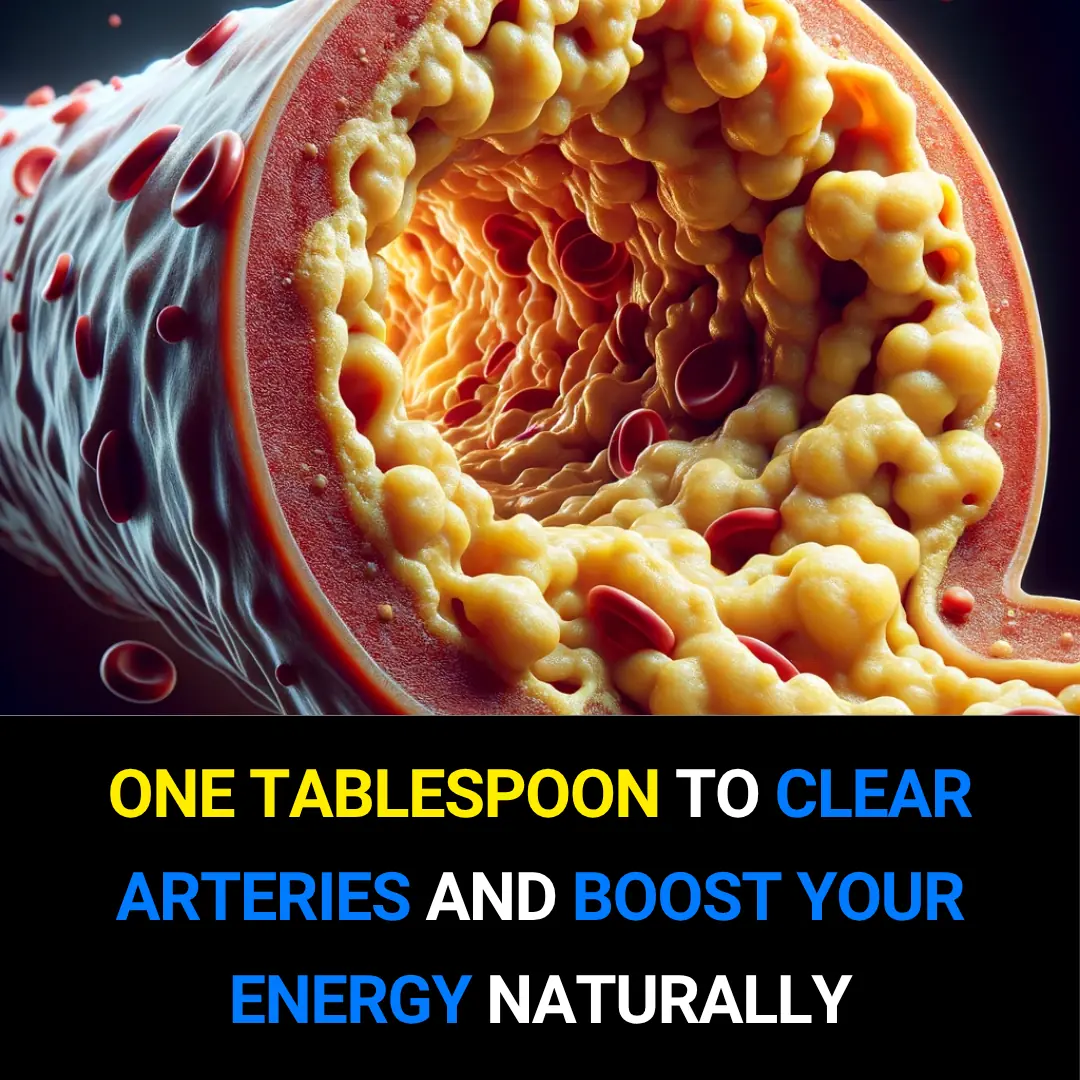
One Tablespoon to Clear Arteries and Boost Your Energy Naturally
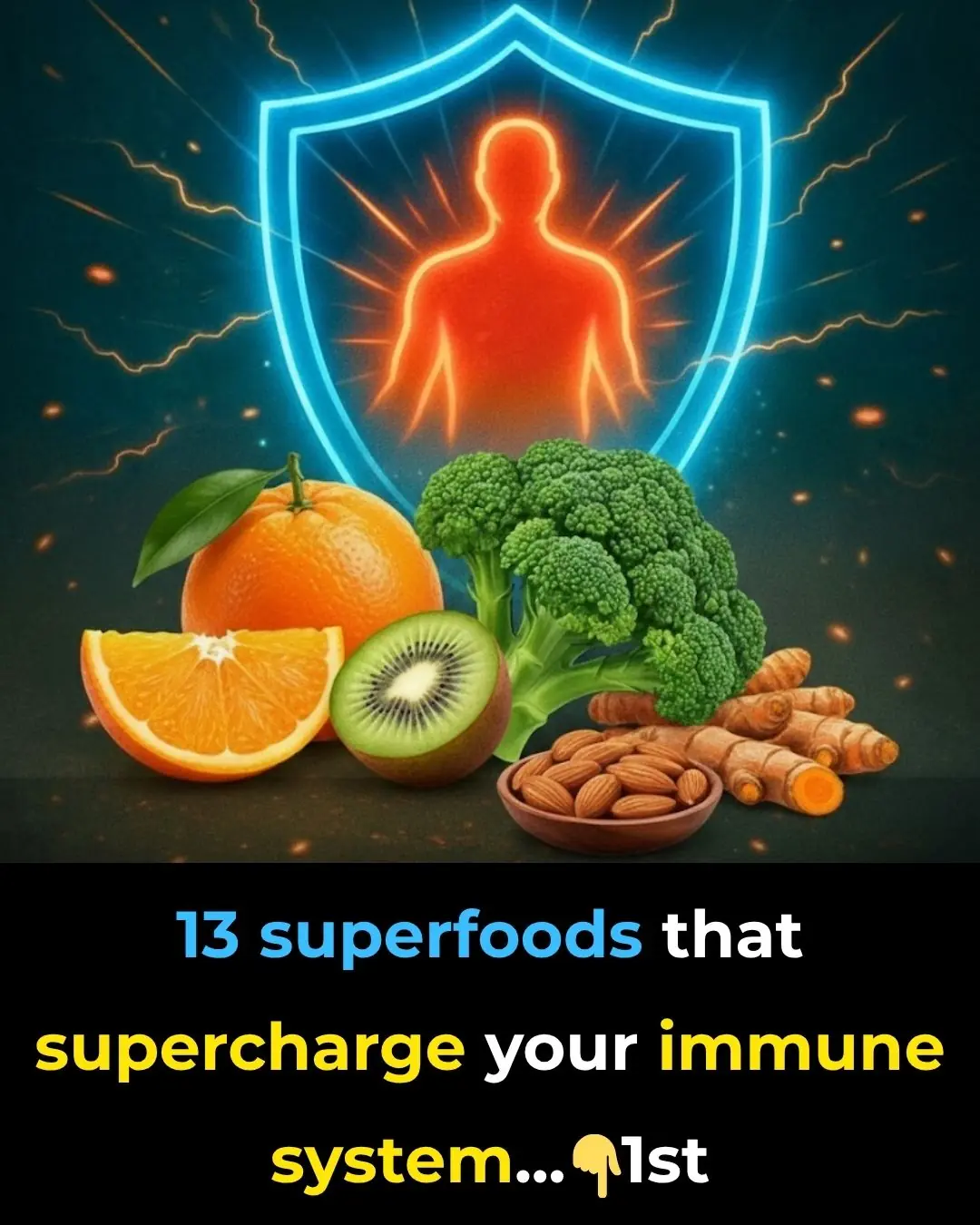
13 Superfoods That Double as Immune System Boosters

70-year-olds look 40! 🍀 The Japanese wrinkle remedy you need to try

The real reason you wake up at 3AM — and one simple way to stop it

9 Signs You’re Actually Going Through Menopause (Even If You Didn’t Realize It)
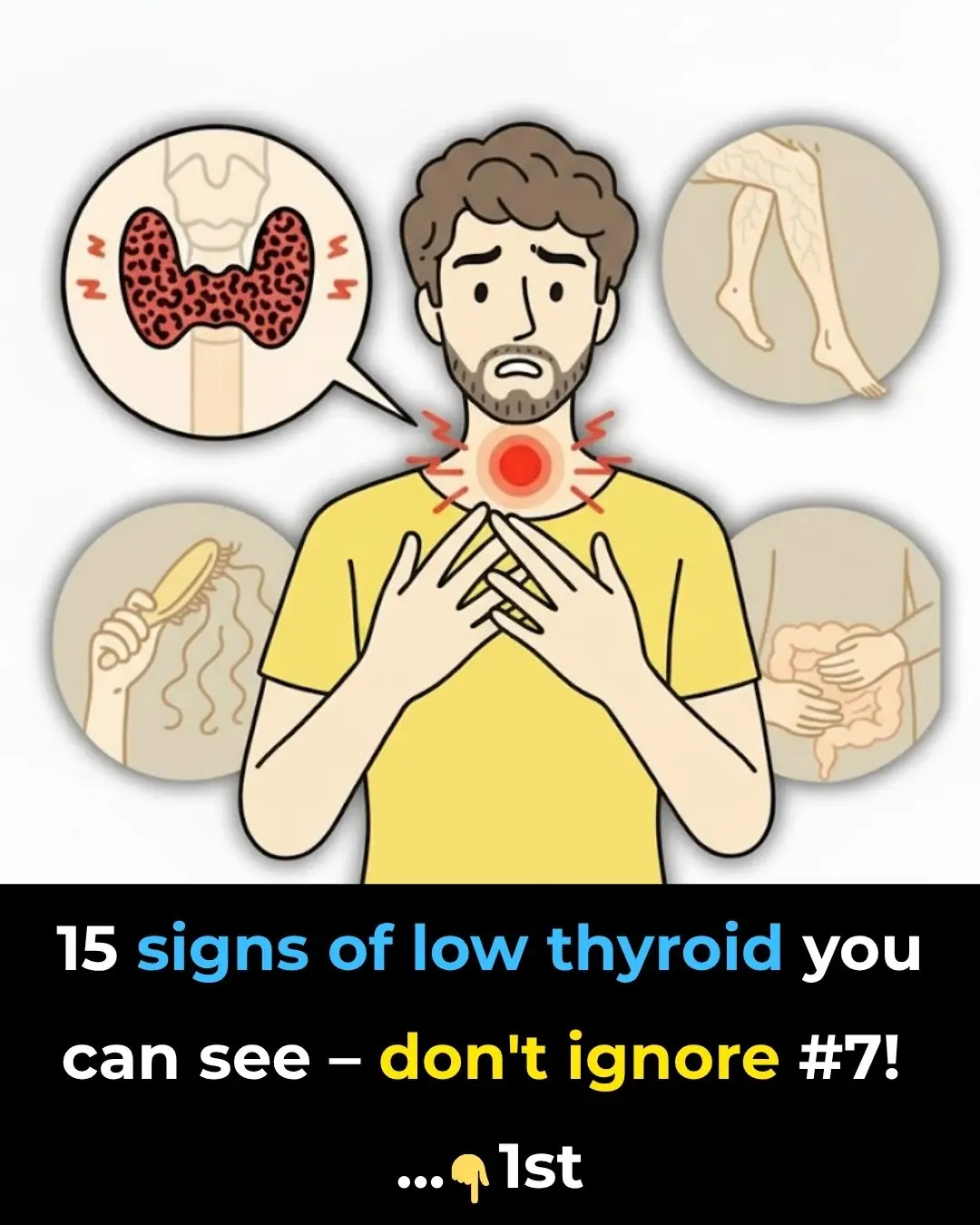
15 visible signs of low thyroid you can see – don’t ignore #7!

The 30-second ear shake trick: try it and see shocking results
News Post

This Drink Destroys Your Bones From the Inside and Harms Every Organ on Its Way Out

Stop Ignoring These 8 Subtle Signs of Heart Trouble Before It’s Too Late

1 Teaspoon of Baking Soda Can Do This to Your Body!

Still Waking Up Tired? This Simple 3g Bedtime Mix Beats Melatonin for Deep Sleep
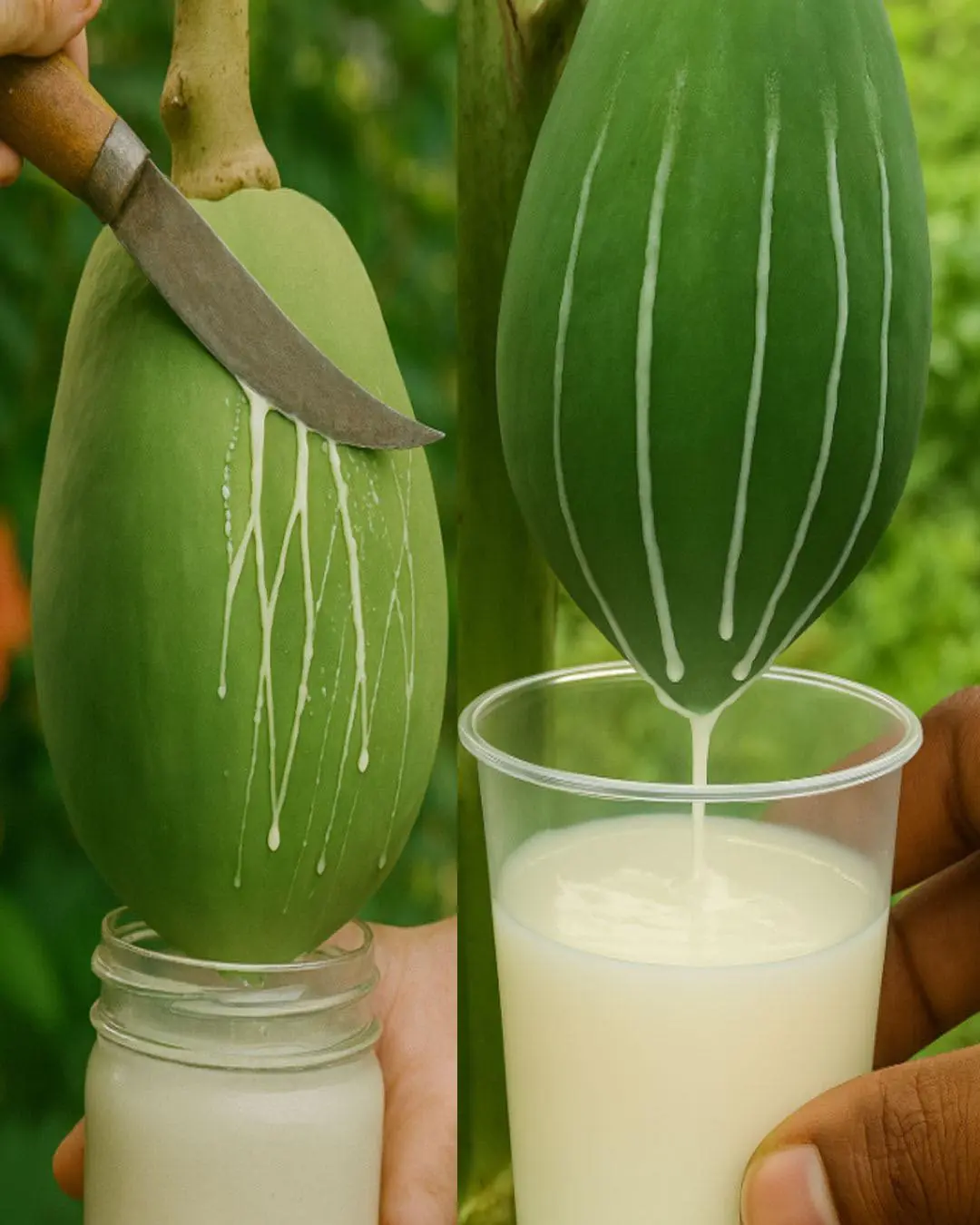
Papaya releases a milky sap, but most people don’t realize how important it is
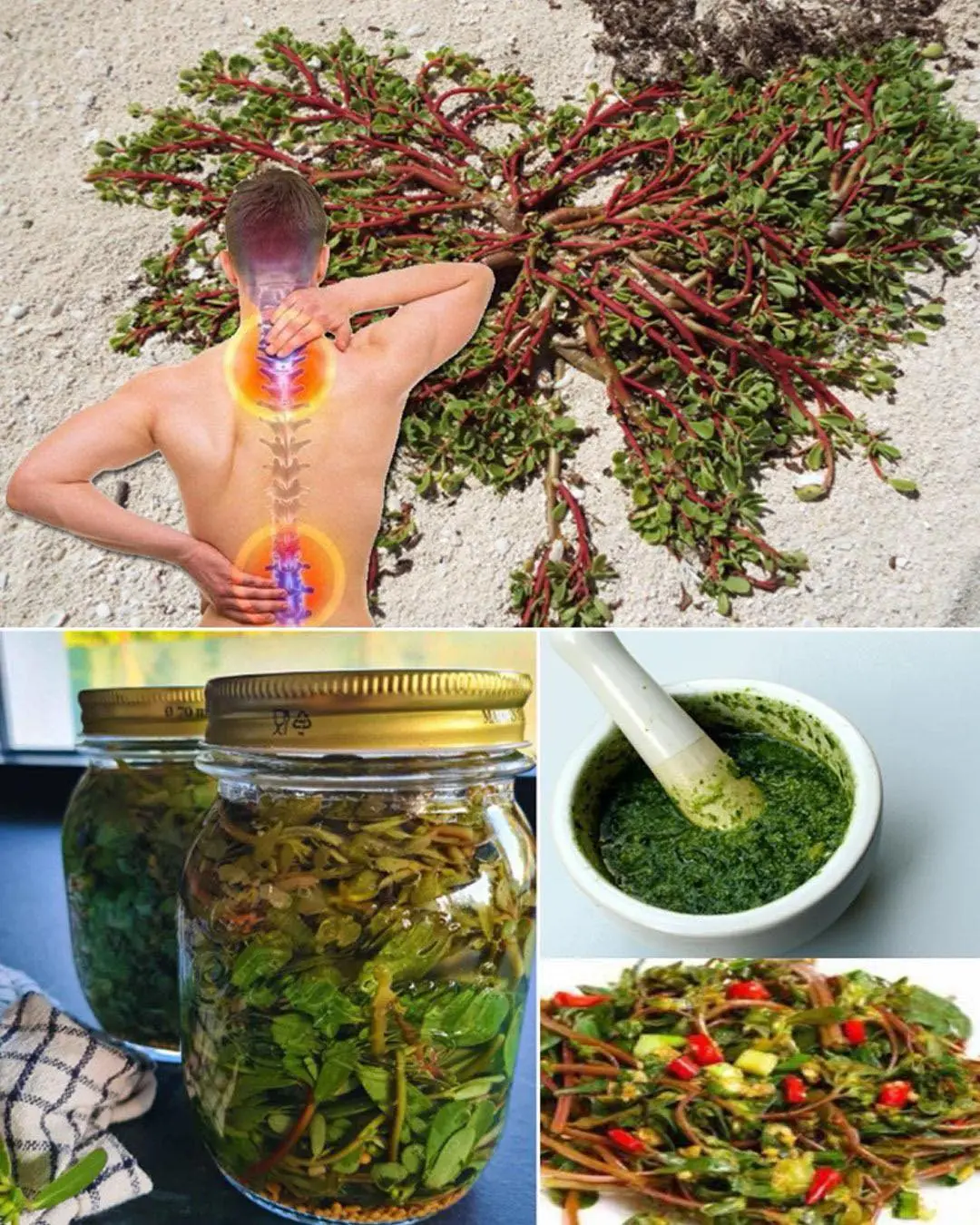
Purslane: The Superfood That Tastes Better Than Meat – 7 Reasons to Grow It in Your Garden

9 DIY Cucumber Trellis Ideas for Easy Harvesting and Maximized Garden Potential
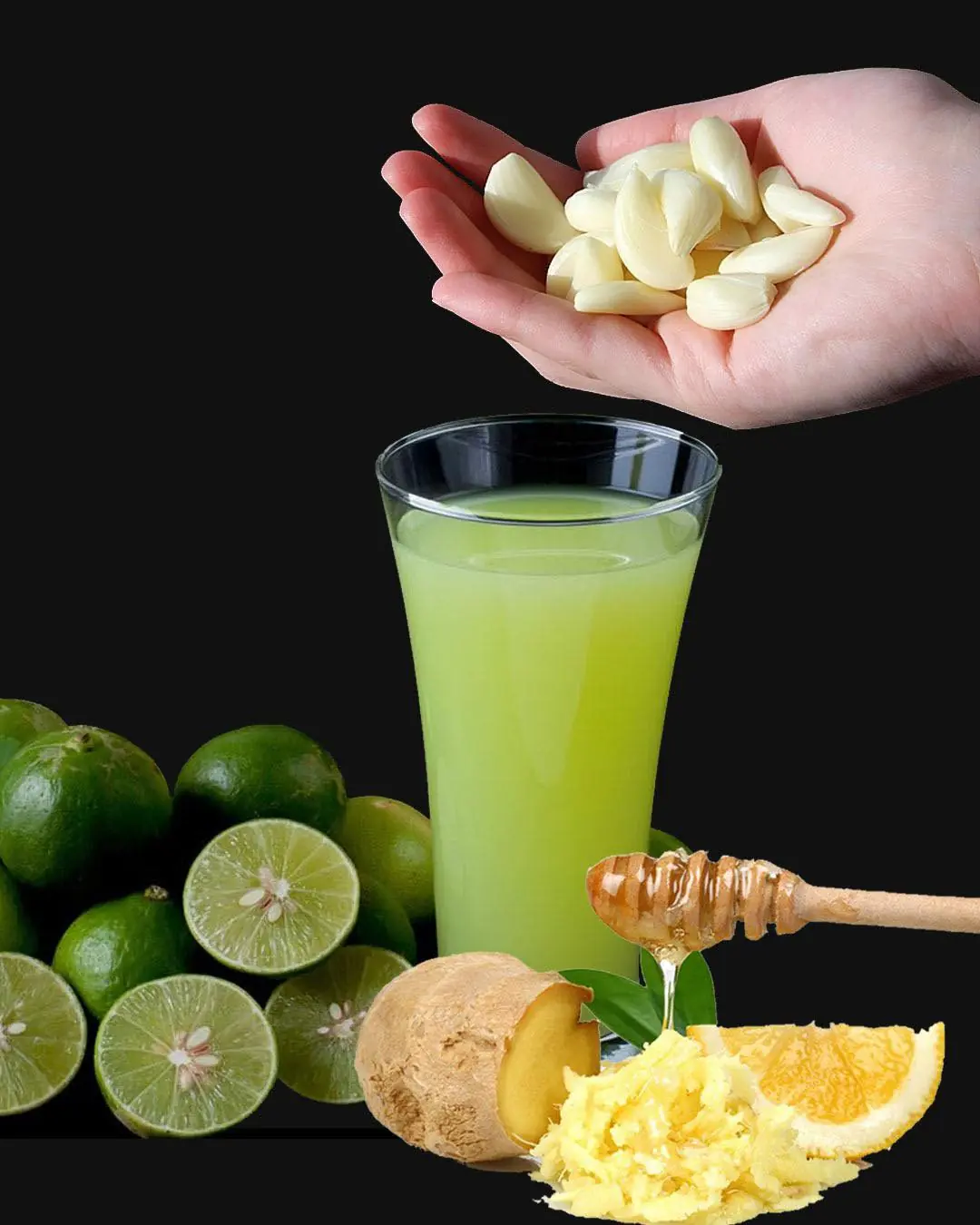
Honey, Lemon, Onion, Garlic & Ginger: The Daily Spoonful That Works Wonders
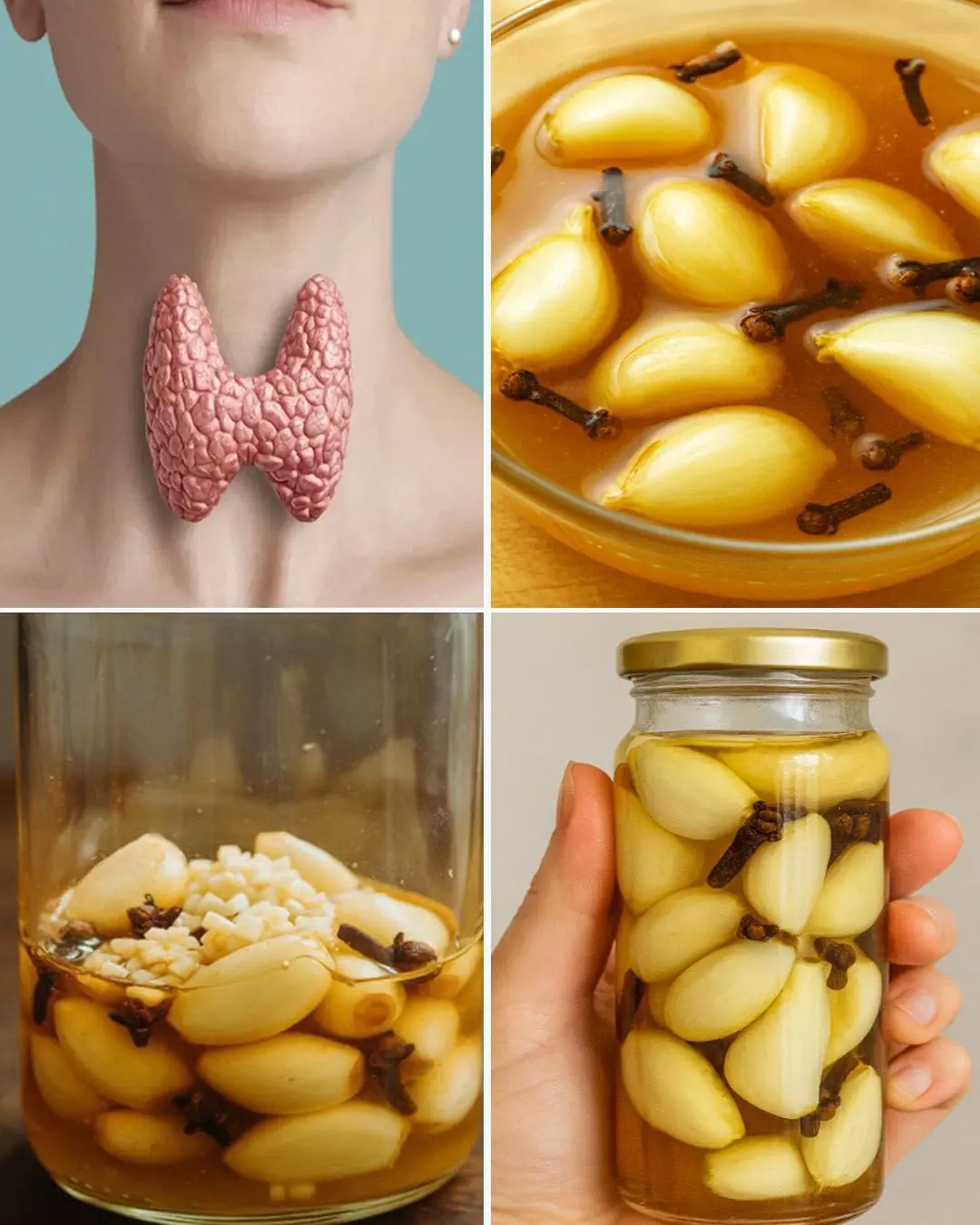
Garlic, Honey, and Cloves – a powerful natural remedy packed with health benefits

Discovering the Health Benefits of Lamb’s Quarters

Common Mullein: Benefits and Uses of Nature’s Versatile Herb
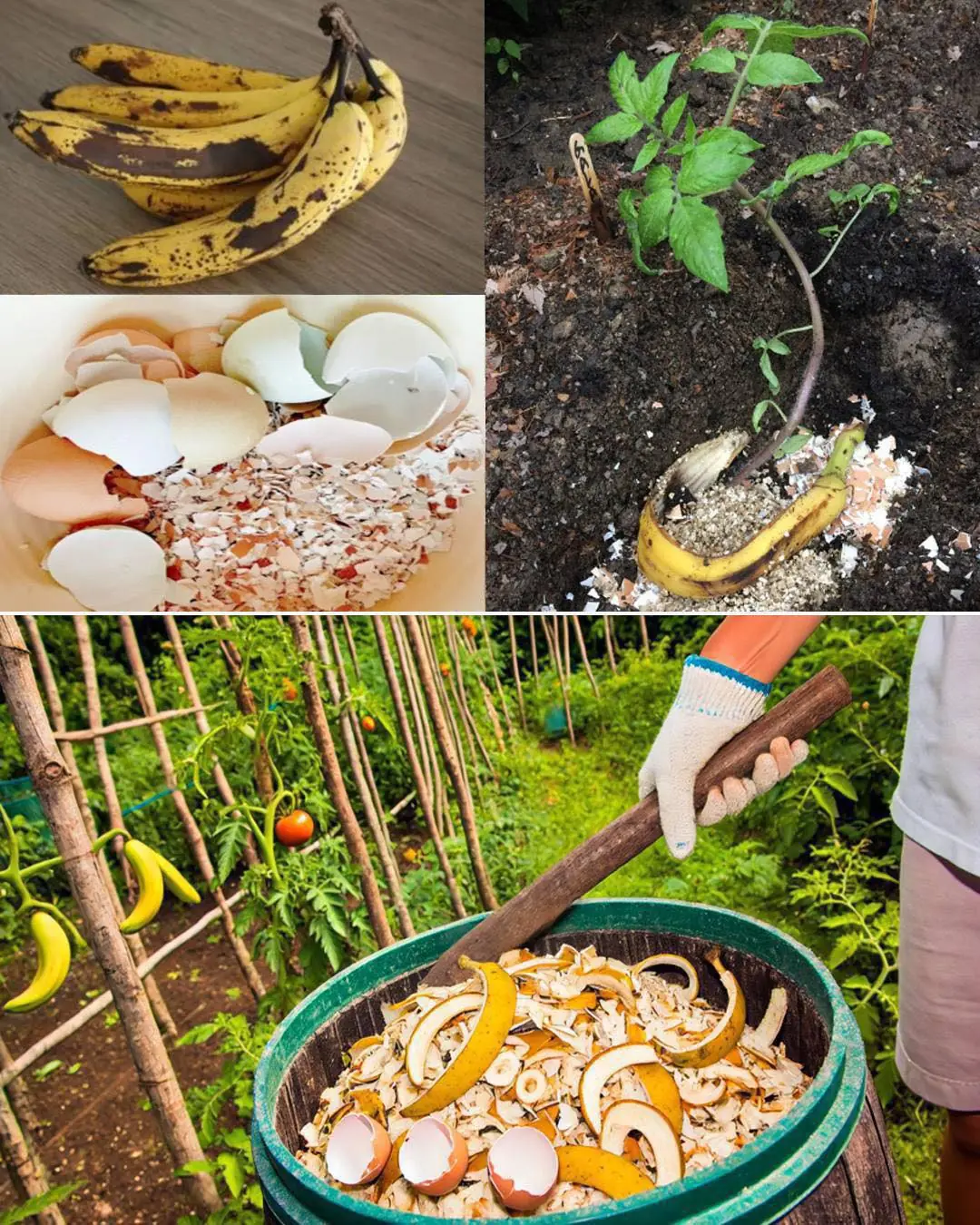
12 Homemade fertilizers for plants easy to find at home

Is It Necessary to Unplug the Rice Cooker After the Rice Is Cooked?

Find All 7 Animals Hidden

6 Surprising Predictors of Divorce You Probably Overlooked

Cyperus Rotundus: The Ancient Herb with Modern Healing Power

Euphorbia Hirta: 9 key health benefits of this versatile plant

Here’s How to Starve Cancer to Death By Removing One Thing From Your Diet
